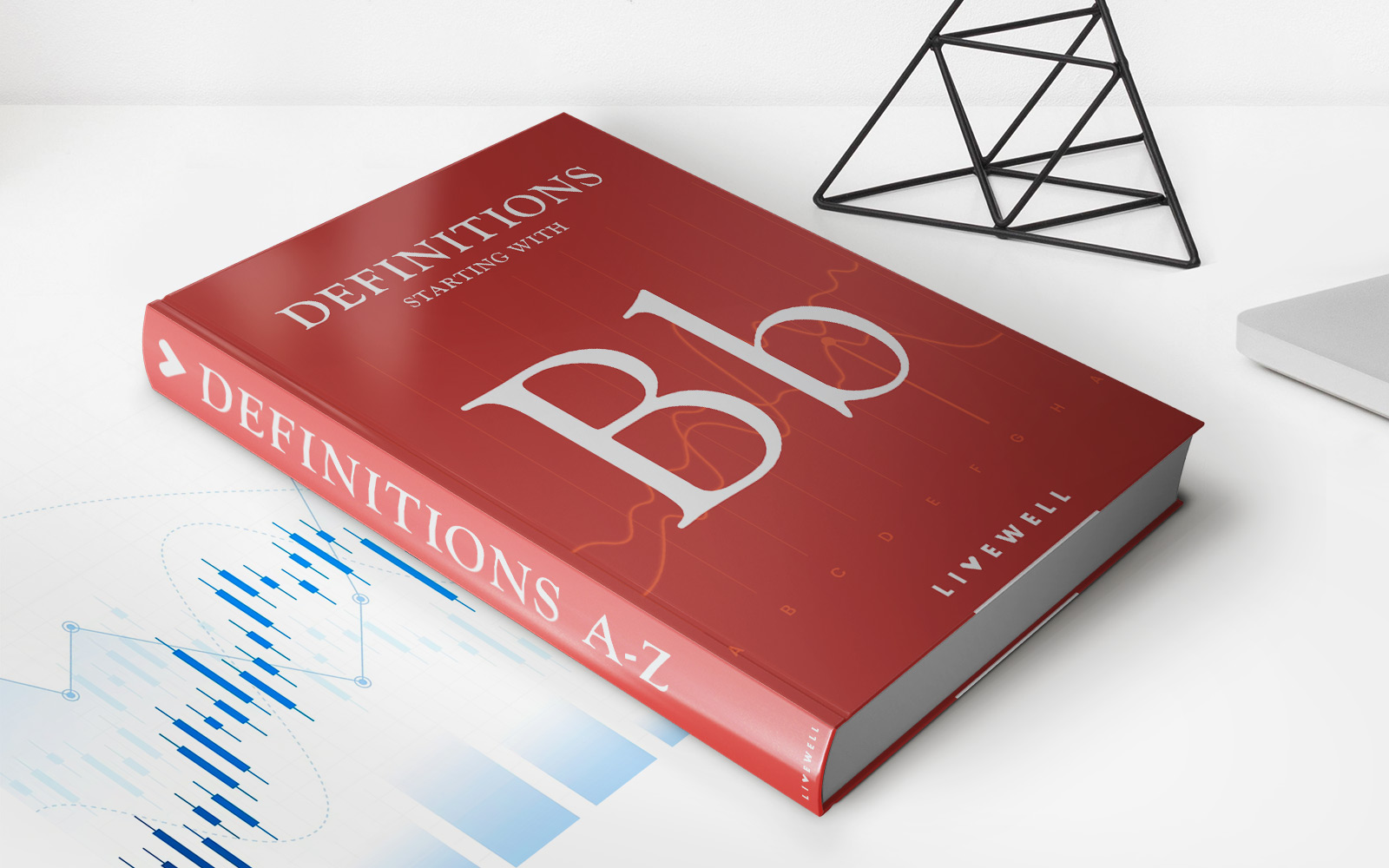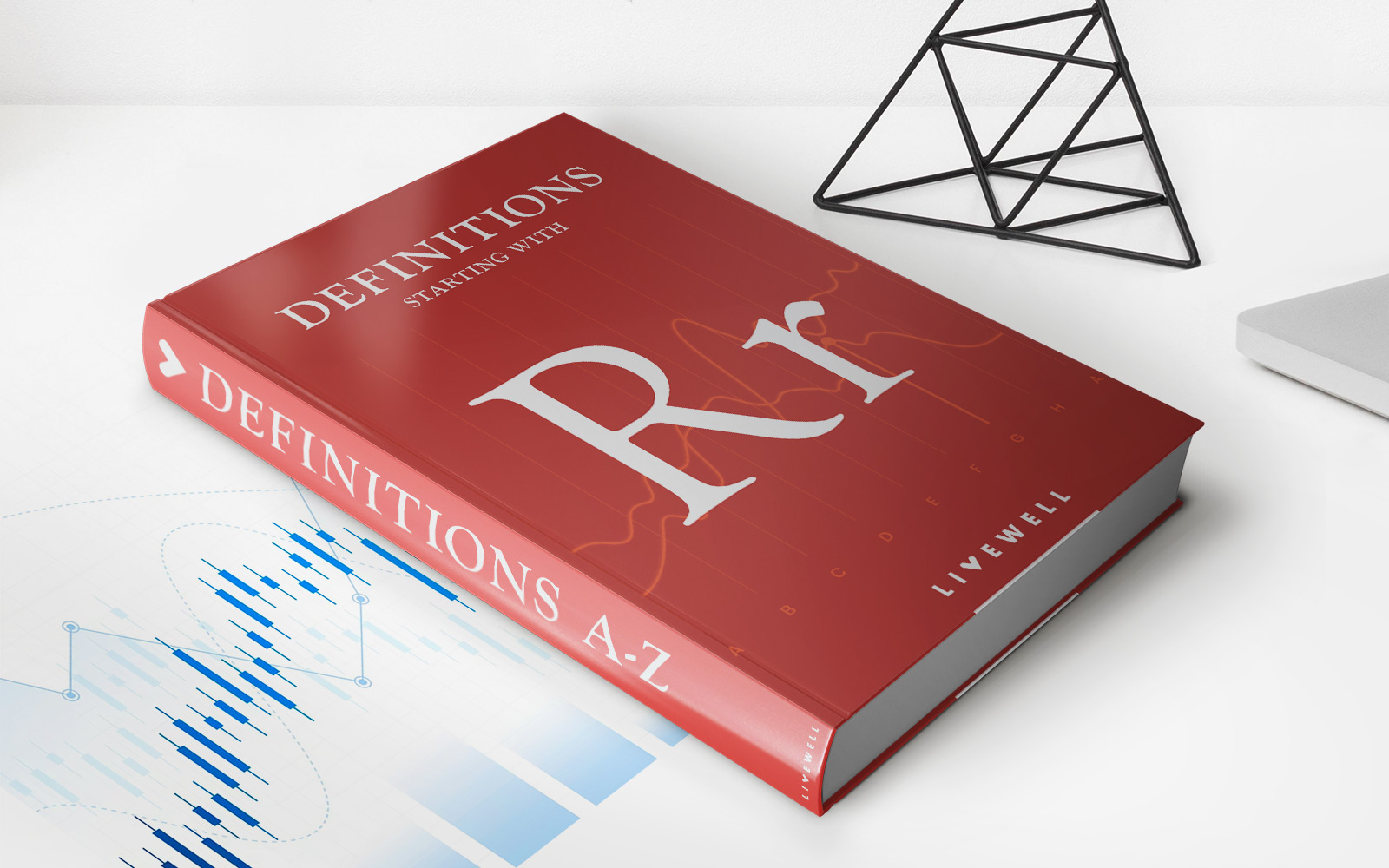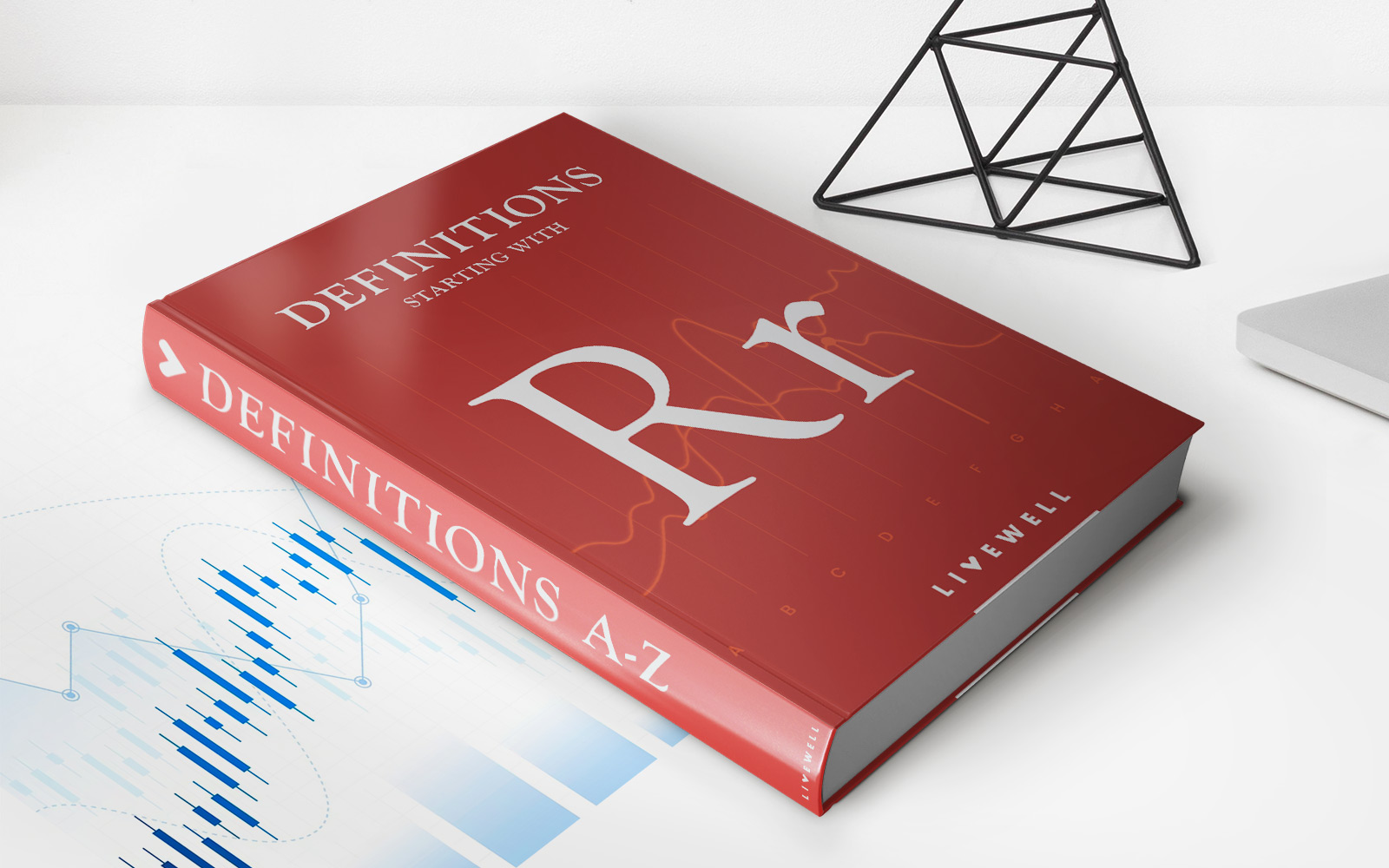Home>Finance>What Does It Mean To Keep Your Credit Utilization At 30 Percent


Finance
What Does It Mean To Keep Your Credit Utilization At 30 Percent
Published: March 6, 2024
Learn the importance of keeping your credit utilization at 30 percent and its impact on your financial health. Understand how it affects your overall finance management.
(Many of the links in this article redirect to a specific reviewed product. Your purchase of these products through affiliate links helps to generate commission for LiveWell, at no extra cost. Learn more)
Table of Contents
Introduction
Understanding the intricacies of credit utilization is crucial for maintaining a healthy credit score and overall financial well-being. When it comes to managing credit, the concept of credit utilization plays a pivotal role in determining an individual's creditworthiness. This fundamental aspect is often overlooked, yet it can significantly impact one's financial standing.
Credit utilization refers to the amount of credit you are currently using in relation to the total amount of credit available to you. It is commonly expressed as a percentage and is a key factor in the calculation of your credit score. Maintaining an optimal credit utilization ratio is essential for demonstrating responsible credit management to potential lenders and creditors.
In this comprehensive guide, we will delve into the significance of credit utilization and explore the impact it has on your credit score. We will also discuss the recommended credit utilization ratio and provide practical tips for effectively managing and optimizing your credit utilization. By understanding the principles outlined in this guide, you will be better equipped to make informed financial decisions and proactively manage your credit utilization to bolster your overall financial health.
Understanding Credit Utilization
Credit utilization is a fundamental metric that reflects how responsibly an individual manages their available credit. It is calculated by dividing the total outstanding balances on all credit accounts by the sum of the credit limits and then multiplying by 100 to express the result as a percentage. For example, if you have a total credit limit of $10,000 across all your credit cards and your combined outstanding balances amount to $3,000, your credit utilization ratio would be 30%.
It is important to note that credit utilization applies not only to credit cards but also to other lines of credit, such as personal loans and revolving lines of credit. Lenders and credit scoring models consider both individual account utilization and overall utilization when assessing creditworthiness.
High credit utilization, especially above 30%, can signal financial distress and may lead to a lower credit score. Conversely, maintaining a low credit utilization ratio demonstrates prudent financial management and can positively influence your credit score. It is essential to aim for a credit utilization ratio of 30% or lower to optimize your credit score and portray responsible credit behavior to potential lenders.
Understanding the impact of credit utilization on your credit score is vital for making informed decisions regarding your credit usage. By maintaining a clear understanding of this concept, you can take proactive steps to manage your credit utilization effectively and ensure a positive impact on your overall financial health.
The Impact of Credit Utilization on Your Credit Score
Credit utilization holds significant sway over your credit score, making it a crucial factor in determining your overall creditworthiness. Credit scoring models, including the widely used FICO and VantageScore systems, heavily consider credit utilization when calculating credit scores. This factor accounts for approximately 30% of your FICO score, demonstrating its substantial influence on your creditworthiness.
When your credit utilization ratio is high, it can have a detrimental effect on your credit score. High utilization suggests that you are utilizing a large portion of your available credit, which can be perceived as a potential risk by lenders. As a result, your credit score may experience a decline, impacting your ability to secure favorable loan terms, credit card approvals, or competitive interest rates.
Conversely, maintaining a low credit utilization ratio can positively impact your credit score. By keeping your credit utilization at 30% or lower, you demonstrate responsible credit management, which can bolster your creditworthiness and lead to a higher credit score. This, in turn, can open doors to better financial opportunities and more favorable lending terms.
It’s important to note that credit utilization is a dynamic factor, with credit scoring models recalculating your score whenever new information is reported to credit bureaus. As such, consistently monitoring and managing your credit utilization is essential for maintaining a healthy credit score over time.
Understanding the direct correlation between credit utilization and credit scores empowers you to make informed decisions about your credit usage. By striving to keep your credit utilization at 30% or below, you can actively contribute to the enhancement of your credit score and overall financial well-being.
Keeping Your Credit Utilization at 30 Percent
Maintaining an optimal credit utilization ratio, ideally at 30% or below, is a prudent financial strategy that can positively impact your credit score and overall financial health. Striking a balance between utilizing credit and managing outstanding balances is essential for demonstrating responsible credit behavior to potential lenders and creditors.
One effective approach to keeping your credit utilization at 30% involves regularly monitoring your credit balances and credit limits across all your accounts. By staying mindful of your credit utilization ratio, you can proactively manage your spending and make timely adjustments to maintain a favorable ratio. Additionally, keeping your credit card balances low and paying off outstanding debts can contribute to achieving and sustaining a 30% credit utilization ratio.
It’s important to note that while 30% is often cited as the ideal credit utilization ratio, lower ratios, such as 10% or even 1%, can further enhance your credit score. Maintaining a low credit utilization demonstrates disciplined credit management and can signal to potential lenders that you are a reliable borrower.
Moreover, if you have multiple credit cards with varying balances and credit limits, strategically distributing your balances across these cards can help manage your overall credit utilization. This practice can prevent any single card from reaching a high utilization ratio, thereby positively impacting your credit score.
Regularly reviewing your credit utilization ratio and making adjustments as needed can contribute to the maintenance of a healthy credit score. By actively managing your credit utilization and striving to keep it at or below 30%, you can position yourself as a responsible borrower and enhance your financial standing in the eyes of potential lenders and creditors.
Tips for Managing Your Credit Utilization
Effectively managing your credit utilization requires a strategic and proactive approach to maintain a healthy financial profile. By implementing the following tips, you can optimize your credit utilization ratio and bolster your overall creditworthiness:
- Regularly Monitor Your Credit Balances: Stay vigilant about your credit card balances and credit limits, as this awareness is crucial for managing your credit utilization effectively. Utilize online banking tools or mobile apps to track your balances and ensure they align with your desired utilization ratio.
- Consider Increasing Your Credit Limit: Requesting a credit limit increase can potentially lower your credit utilization ratio, provided your spending remains consistent. However, exercise caution with this approach to avoid the temptation of increased spending and accruing more debt.
- Pay Down Outstanding Balances: Prioritize paying off outstanding credit card balances to reduce your overall credit utilization. Consistently making payments above the minimum amount due can expedite the reduction of your balances and contribute to a lower utilization ratio.
- Avoid Closing Unused Credit Accounts: While it may be tempting to close unused credit accounts, doing so can decrease your total available credit, potentially leading to a higher utilization ratio. Keeping these accounts open can help maintain a favorable credit utilization ratio.
- Strategically Distribute Balances: If you have multiple credit cards, distributing your balances across these accounts can help manage your overall credit utilization. This practice can prevent any single card from reaching a high utilization ratio, positively impacting your credit score.
- Regularly Review Your Credit Report: Monitor your credit report for accuracy and ensure that the reported balances align with your actual balances. Discrepancies in reported balances can impact your credit utilization ratio and, consequently, your credit score.
By incorporating these strategies into your financial management practices, you can effectively manage your credit utilization and work towards maintaining a favorable ratio, ultimately contributing to an improved credit score and enhanced financial well-being.
Conclusion
Understanding the intricacies of credit utilization and its impact on your credit score is essential for maintaining a healthy financial profile. By recognizing the significance of credit utilization and actively managing it, you can positively influence your creditworthiness and overall financial well-being.
Striving to keep your credit utilization at 30% or below is a proactive step towards demonstrating responsible credit management. This optimal ratio signals to potential lenders that you are effectively managing your available credit and utilizing it judiciously. By maintaining a favorable credit utilization ratio, you can enhance your credit score and increase your eligibility for better loan terms, credit approvals, and favorable interest rates.
Employing strategic approaches, such as monitoring your credit balances, paying down outstanding debts, and strategically distributing balances across multiple credit accounts, can significantly impact your credit utilization ratio. Additionally, staying informed about your credit utilization and regularly reviewing your credit report for accuracy are integral to effectively managing your credit utilization.
By implementing these practices and remaining mindful of your credit utilization, you can actively contribute to the maintenance of a healthy credit score and a positive financial standing. Ultimately, a well-managed credit utilization ratio can pave the way for improved financial opportunities and long-term financial stability.
In conclusion, by embracing the principles outlined in this guide and actively managing your credit utilization, you are empowered to make informed financial decisions and take charge of your creditworthiness. Through diligent management and a commitment to maintaining a favorable credit utilization ratio, you can pave the way for a brighter financial future and enhanced financial well-being.














